Home>Home Appliances>Home Automation Appliances>Where Is The AC Thermostat Located
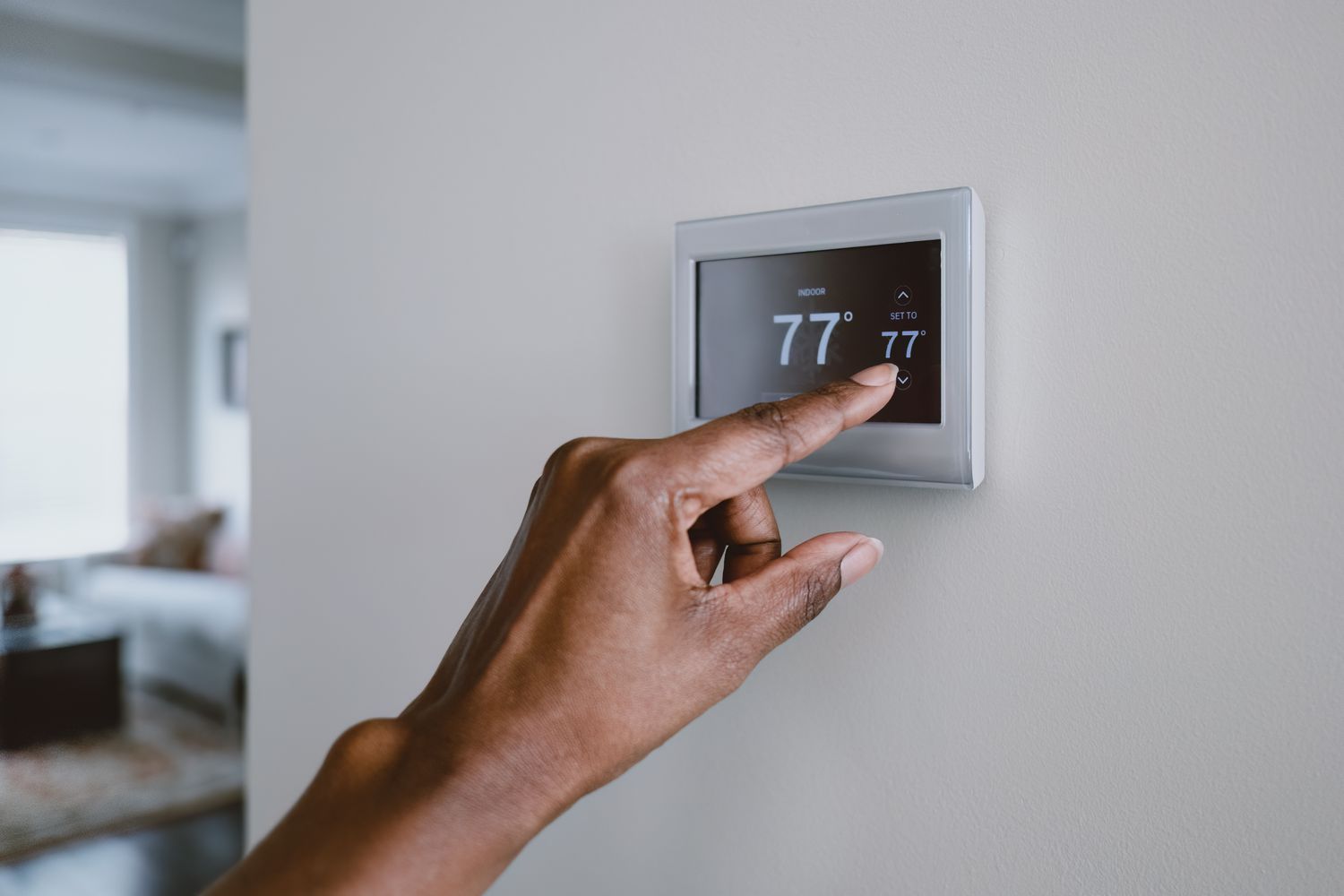

Home Automation Appliances
Where Is The AC Thermostat Located
Modified: February 16, 2024
Looking for the AC thermostat in your home? Find out where it's located and how to manage it with home automation appliances. Learn more here!
(Many of the links in this article redirect to a specific reviewed product. Your purchase of these products through affiliate links helps to generate commission for Storables.com, at no extra cost. Learn more)
Introduction
When it comes to keeping your home at the perfect temperature, your AC thermostat plays a crucial role. It’s the control center for your air conditioning system, allowing you to set the desired temperature and maintain a comfortable indoor environment. However, have you ever found yourself wondering, “Where is the AC thermostat located?” Whether you’re moving into a new home, troubleshooting an issue, or simply curious about your HVAC system, understanding the thermostat’s location is essential.
In this comprehensive guide, we’ll delve into the various aspects of AC thermostat locations, providing you with valuable insights to help you locate this vital component within your home. From the basics of AC thermostats to common locations and tips for finding hidden thermostats, we’ll cover everything you need to know to navigate the world of home temperature control.
So, if you’ve ever found yourself puzzled by the whereabouts of your AC thermostat, sit back, relax, and let’s embark on a journey to uncover the mysteries of this essential device.
Key Takeaways:
- The thermostat is like the remote control for your home’s temperature, and it’s usually found in common areas like the living room or hallway for easy access and accurate readings.
- If you can’t find the thermostat, check adjacent walls, think outside the box, and consider consulting a professional for help. It might be hiding in plain sight or in an unconventional spot!
Read more: Where Is The AC Condenser Located
Understanding the Basics of AC Thermostats
Before we explore the locations of AC thermostats, it’s important to grasp the fundamentals of these devices. An AC thermostat serves as the interface between you and your air conditioning system, allowing you to regulate the indoor temperature to your liking. It consists of a temperature sensor and a control unit, which work in tandem to maintain the desired climate within your home.
Most modern thermostats are equipped with programmable features, enabling you to set specific temperature preferences for different times of the day. This functionality not only enhances comfort but also contributes to energy efficiency by adjusting the cooling settings based on your schedule.
Furthermore, the thermostat communicates with the AC system, signaling it to turn on or off to reach the specified temperature. This seamless coordination ensures that your home remains consistently comfortable without requiring constant manual adjustments.
Understanding the operation of your thermostat is essential for optimizing your HVAC system’s performance. By familiarizing yourself with its basic functions and capabilities, you can make the most of this integral component and ensure a comfortable living environment while minimizing energy consumption.
Now that we’ve laid the groundwork for comprehending AC thermostats, let’s delve into the various locations where you might find these essential devices within your home.
Common Locations for AC Thermostats
AC thermostats are strategically placed within homes to provide accurate temperature readings and convenient access for users. While the specific layout of each residence may vary, several common locations are typically chosen for installing thermostats.
One prevalent placement for thermostats is in the main living area, such as the living room or family room. This central location allows for easy access and temperature control, making it convenient for occupants to adjust the settings based on their comfort preferences. Additionally, placing the thermostat in a frequently used space ensures that it accurately reflects the overall temperature of the home.
In many homes, thermostats are also found in the hallway, particularly near the bedrooms. This location is ideal for monitoring the temperature in the areas where individuals spend a significant amount of time, ensuring that the sleeping quarters remain comfortable throughout the day and night.
Another common spot for thermostat placement is in the vicinity of the home’s entryway. This strategic positioning allows for quick adjustments upon entering or exiting the house, enabling occupants to easily modify the temperature settings as they come and go.
Furthermore, some homes feature multiple thermostats to regulate the temperature in different zones or levels. For instance, a two-story house may have separate thermostats for the upper and lower floors, providing precise control over each area’s climate. This zoning approach can enhance energy efficiency by tailoring the cooling settings to specific areas based on their usage patterns.
While these locations represent common placements for AC thermostats, it’s important to note that the optimal positioning may vary depending on the home’s layout, insulation, and HVAC system. By understanding the typical locations for thermostats, you can begin to narrow down the search for this essential component within your own living space.
The AC thermostat is usually located on an interior wall, away from direct sunlight or drafts. It’s often placed in a central area for accurate temperature readings.
Locating the Thermostat in Different Types of AC Systems
When it comes to locating the thermostat in various types of air conditioning systems, the placement may differ based on the specific configuration of the HVAC setup. Understanding the nuances of different AC systems can provide valuable insights into where the thermostat is typically situated.
In a central air conditioning system, the thermostat is commonly positioned in a central area of the home, such as the main living space or hallway. This placement allows for optimal temperature monitoring and convenient access for adjusting the settings. Additionally, in homes with central HVAC systems, the thermostat is often located on an interior wall, away from direct sunlight and drafts, to ensure accurate temperature readings.
For homes equipped with ductless mini-split AC units, the thermostat is typically integrated into the indoor air handler or wall-mounted near the unit. This positioning enables users to control the individual zones or rooms served by the mini-split system, providing localized temperature management for enhanced comfort and energy efficiency.
In the case of window or portable air conditioners, the thermostat is usually located on the unit itself. These compact AC systems feature built-in controls, including temperature settings, making it convenient for users to adjust the cooling preferences directly on the appliance.
Furthermore, smart or programmable thermostats, which are increasingly popular for their energy-saving capabilities and remote control features, can be found in various locations depending on the home’s design and the user’s preferences. These advanced thermostats may be placed in central areas or near frequently used spaces, allowing for seamless integration with smart home systems and convenient access for programming and monitoring.
Understanding the placement of thermostats in different types of AC systems can help homeowners and occupants identify the likely locations within their specific living environments. By recognizing the typical positioning for thermostats in various HVAC setups, individuals can navigate their homes with greater ease when seeking out this essential component.
Tips for Finding a Hidden Thermostat
While many thermostats are situated in readily visible locations within homes, some may be cleverly concealed or placed in less conspicuous areas. If you’re having trouble locating a hidden thermostat, consider the following tips to aid in your search:
- Check Common Areas: Begin your quest by inspecting the main living spaces, hallways, and entryways, as these are typical locations for thermostat placement. Look for wall-mounted units or digital displays that may blend in with the surroundings.
- Explore Adjacent Walls: If you’re unable to locate the thermostat in the primary areas, check the walls adjacent to these spaces. Sometimes, thermostats are positioned in close proximity to the main living areas for convenient access.
- Consider Zoning Systems: In homes with zoning systems, there may be multiple thermostats controlling different areas. Take note of any secondary or hidden zones within the residence, as these could house additional thermostats.
- Look for Airflow: Since thermostats are designed to measure the temperature of the surrounding air, they are often placed in areas with adequate airflow and minimal obstructions. Search for spots where air circulation is unobstructed, such as open walls or areas with good ventilation.
- Think Outside the Box: Don’t limit your search to traditional locations. Thermostats can sometimes be concealed within decorative fixtures, cabinets, or even disguised as part of the home’s design. Keep an eye out for unconventional hiding spots.
- Consult the Home’s Documentation: If you’re still unable to locate the thermostat, refer to the home’s documentation or blueprints, if available. These resources may provide insights into the intended placement of the thermostat within the property.
- Seek Professional Assistance: If all else fails, consider enlisting the help of an HVAC professional or a knowledgeable technician. They can offer valuable expertise in identifying hidden thermostats and may uncover unconventional placements that elude the untrained eye.
By employing these tips and maintaining a keen eye for detail, you can increase your chances of uncovering a hidden thermostat within your home. Remember that while thermostats may be discreetly positioned, their role in maintaining a comfortable indoor climate is indispensable, making it well worth the effort to track them down.
Read more: Where Is AC Filter Located
Conclusion
As we conclude our exploration of AC thermostat locations, it’s evident that these essential devices play a pivotal role in maintaining a comfortable and controlled indoor environment. Whether situated in central areas, near entryways, or within specialized zoning systems, thermostats are strategically positioned to facilitate convenient temperature regulation and accurate monitoring.
Understanding the basics of AC thermostats, including their operational functions and programmable features, empowers homeowners and occupants to optimize their HVAC systems for enhanced comfort and energy efficiency. By familiarizing oneself with the typical locations for thermostats and the nuances of different AC setups, individuals can navigate their homes with confidence, knowing where to find and access this critical component.
For those faced with the challenge of locating a hidden thermostat, the provided tips offer practical guidance for uncovering these discreetly placed devices. By considering common areas, exploring adjacent walls, and thinking outside the box, individuals can enhance their chances of pinpointing concealed thermostats within their living spaces.
Ultimately, the quest to find the AC thermostat is not only a practical endeavor but also a journey that underscores the significance of this unassuming yet indispensable component. As you embark on this exploration, may your efforts be rewarded with the discovery of the thermostat, bringing you one step closer to mastering the art of home temperature control and comfort.
With a newfound understanding of AC thermostat locations and the tools to uncover hidden devices, you’re equipped to navigate the world of home climate management with confidence and ease, ensuring that your living space remains a haven of personalized comfort and tranquility.
Frequently Asked Questions about Where Is The AC Thermostat Located
Was this page helpful?
At Storables.com, we guarantee accurate and reliable information. Our content, validated by Expert Board Contributors, is crafted following stringent Editorial Policies. We're committed to providing you with well-researched, expert-backed insights for all your informational needs.
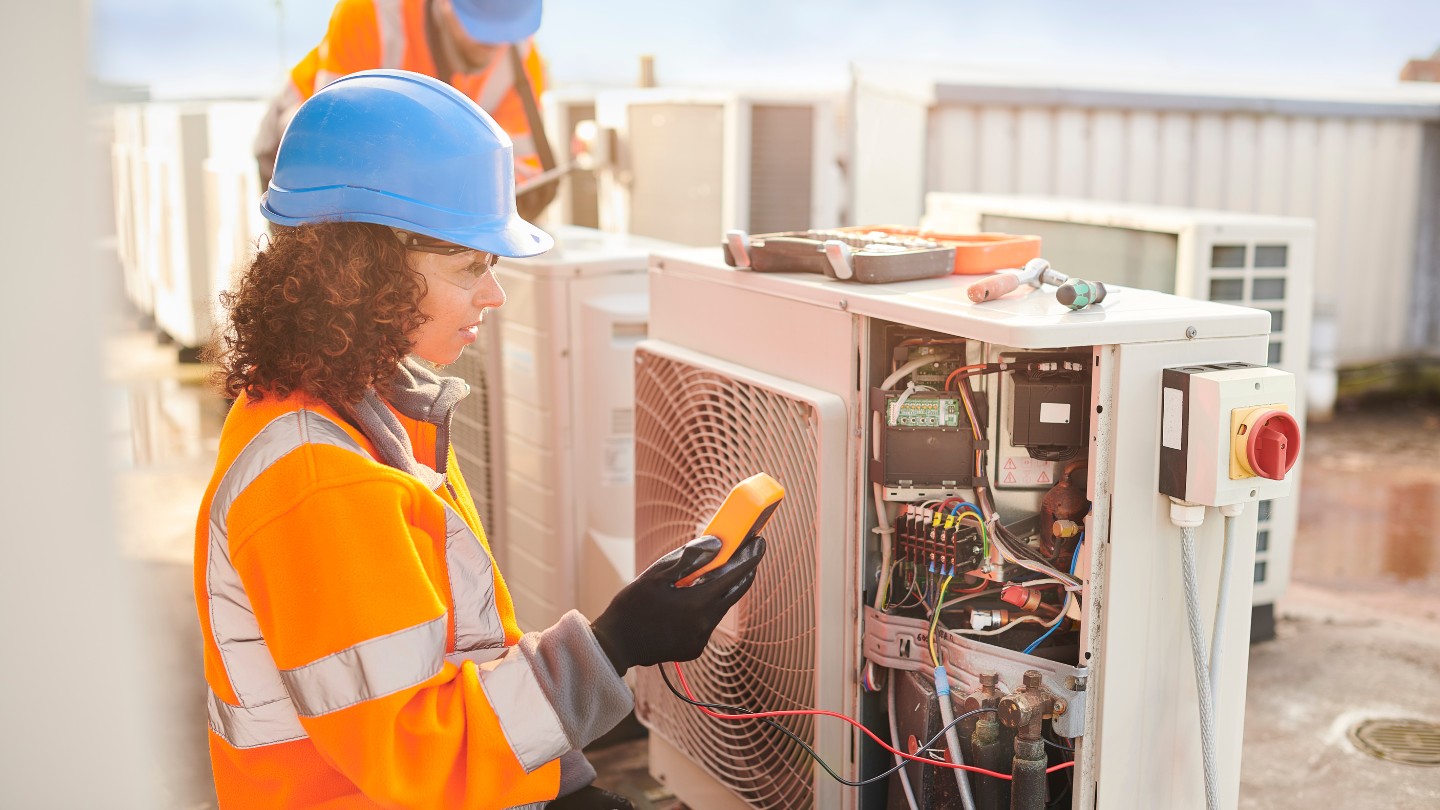
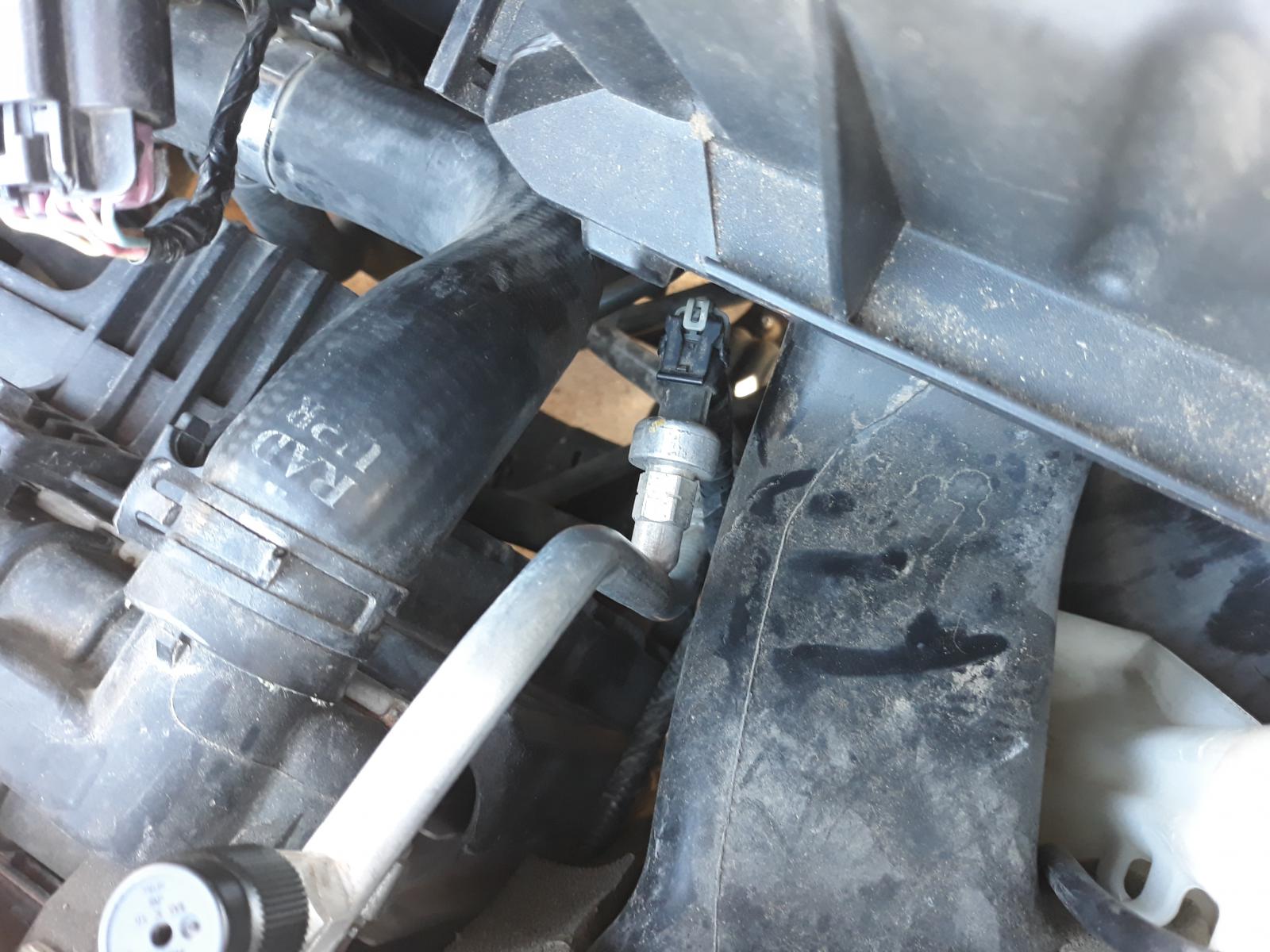
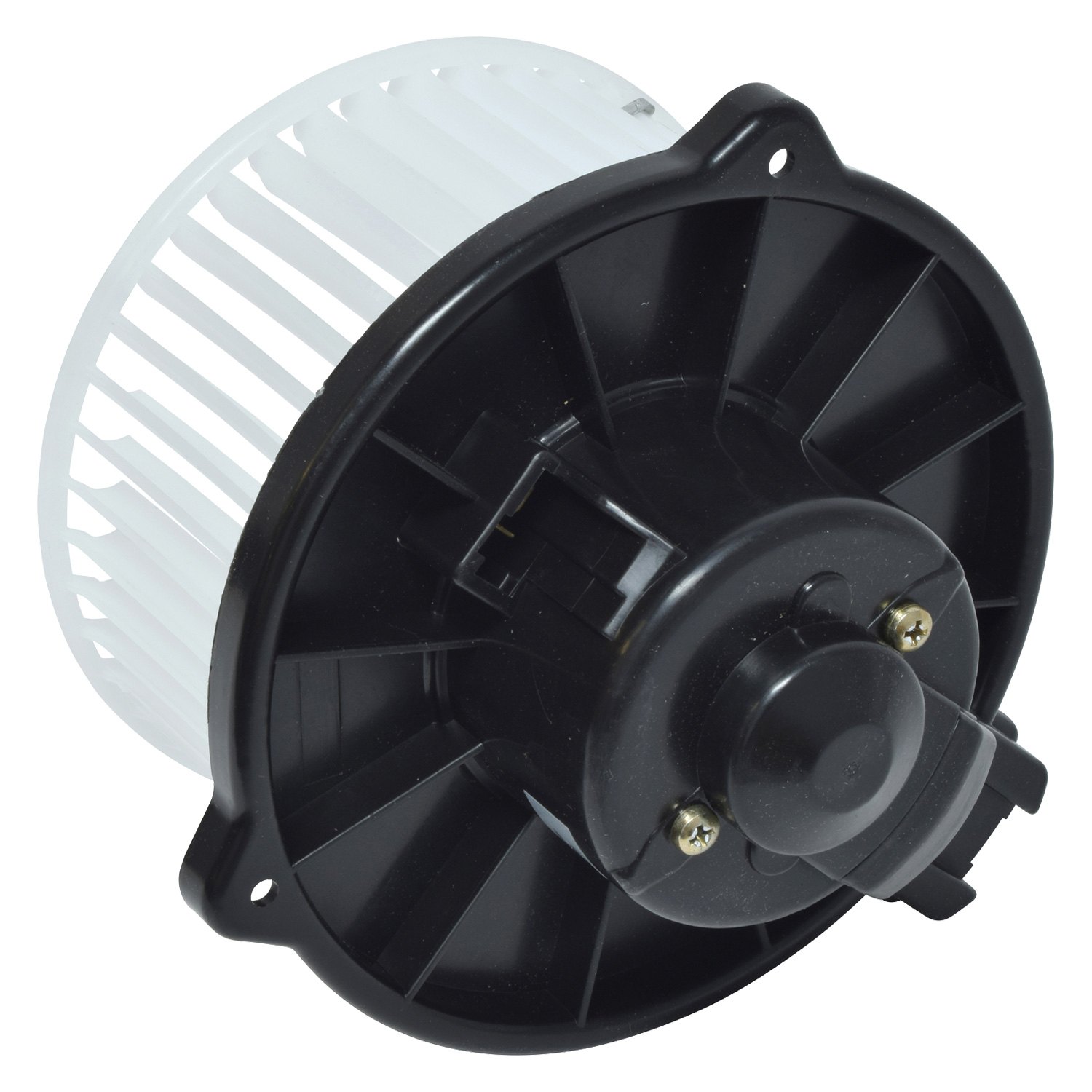

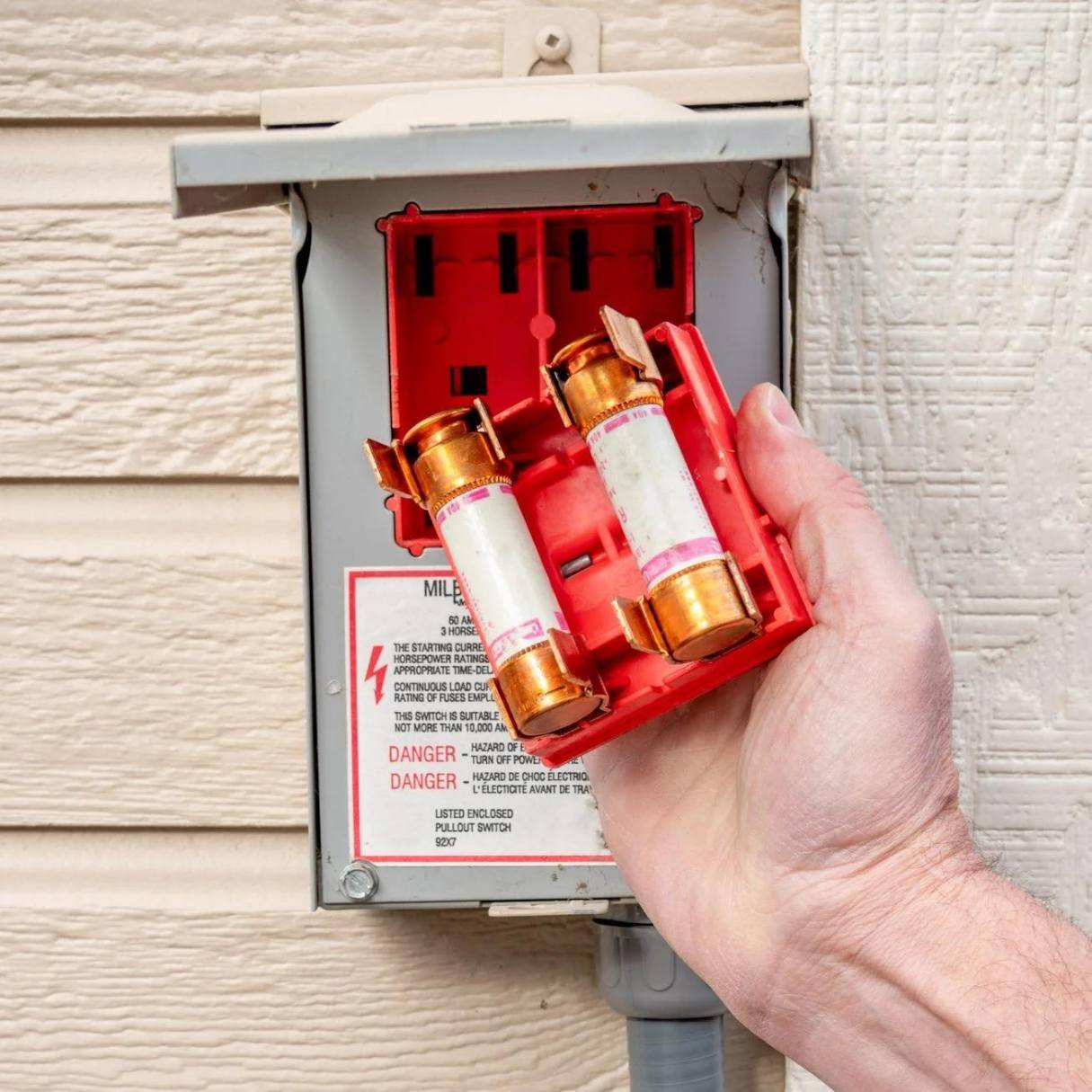

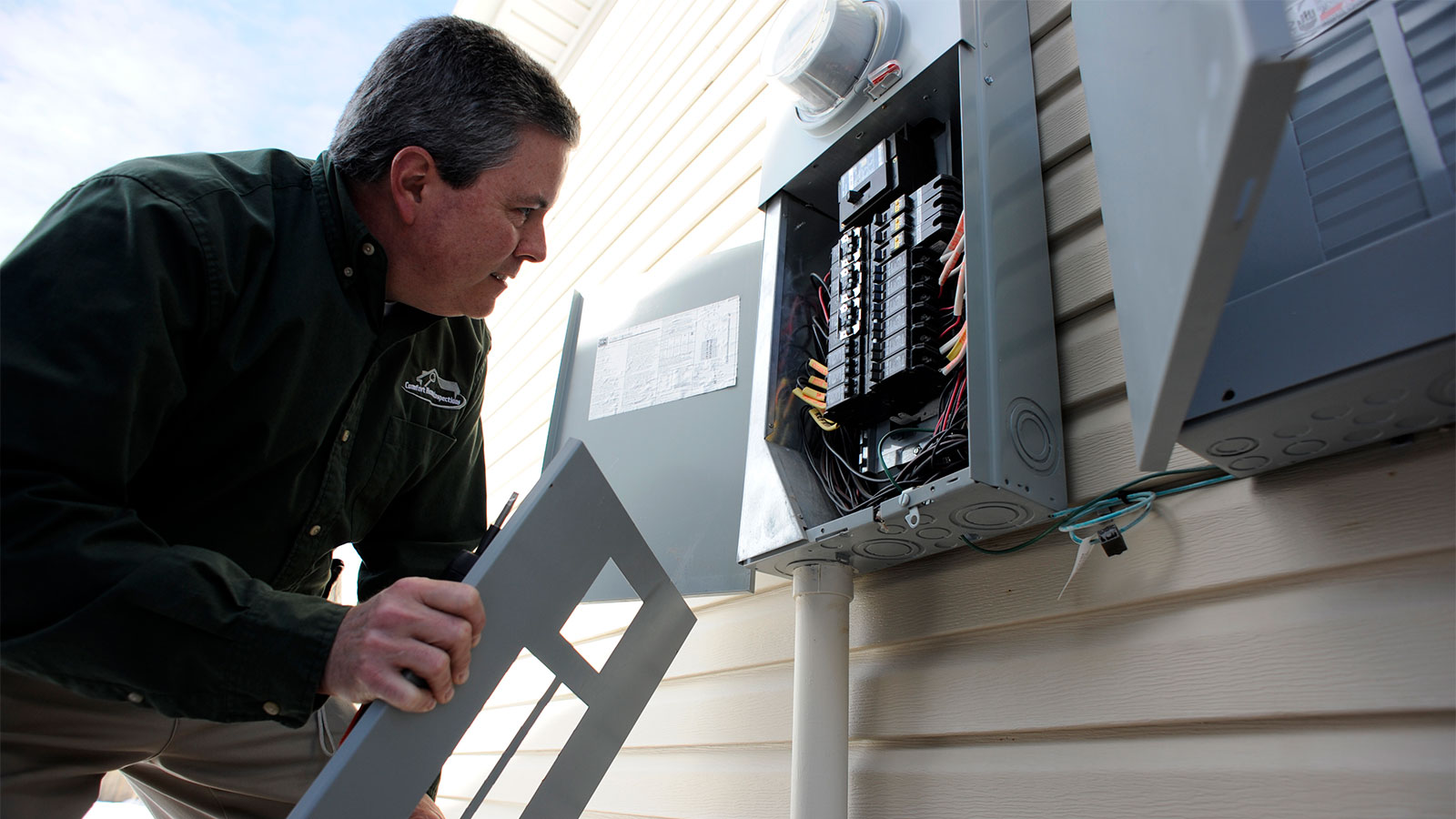


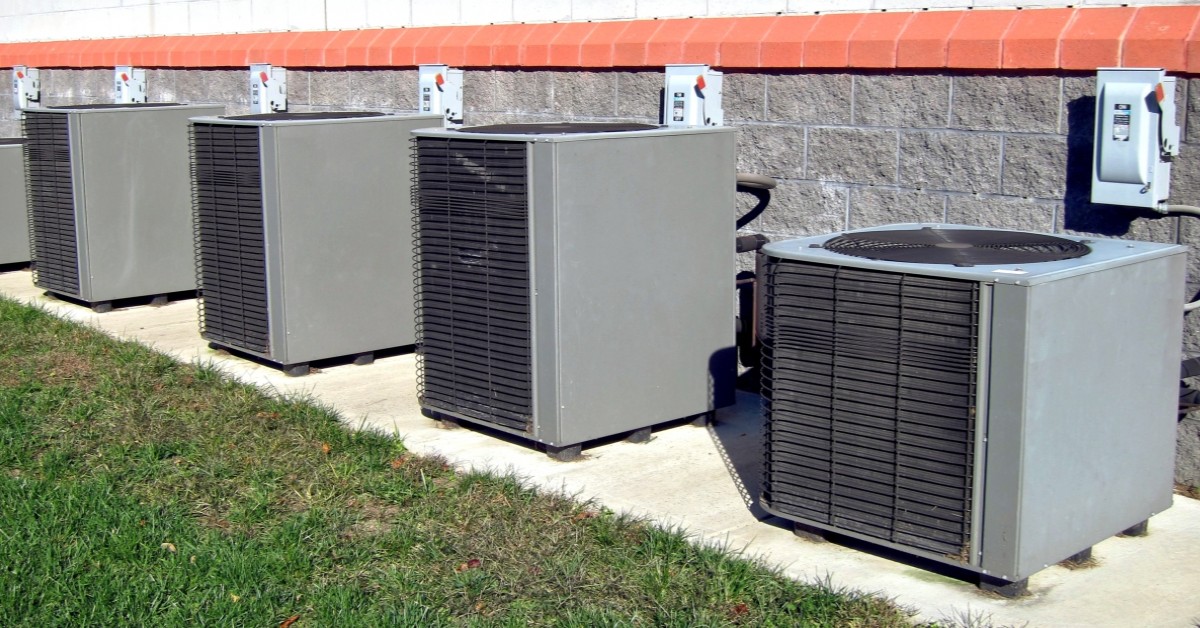
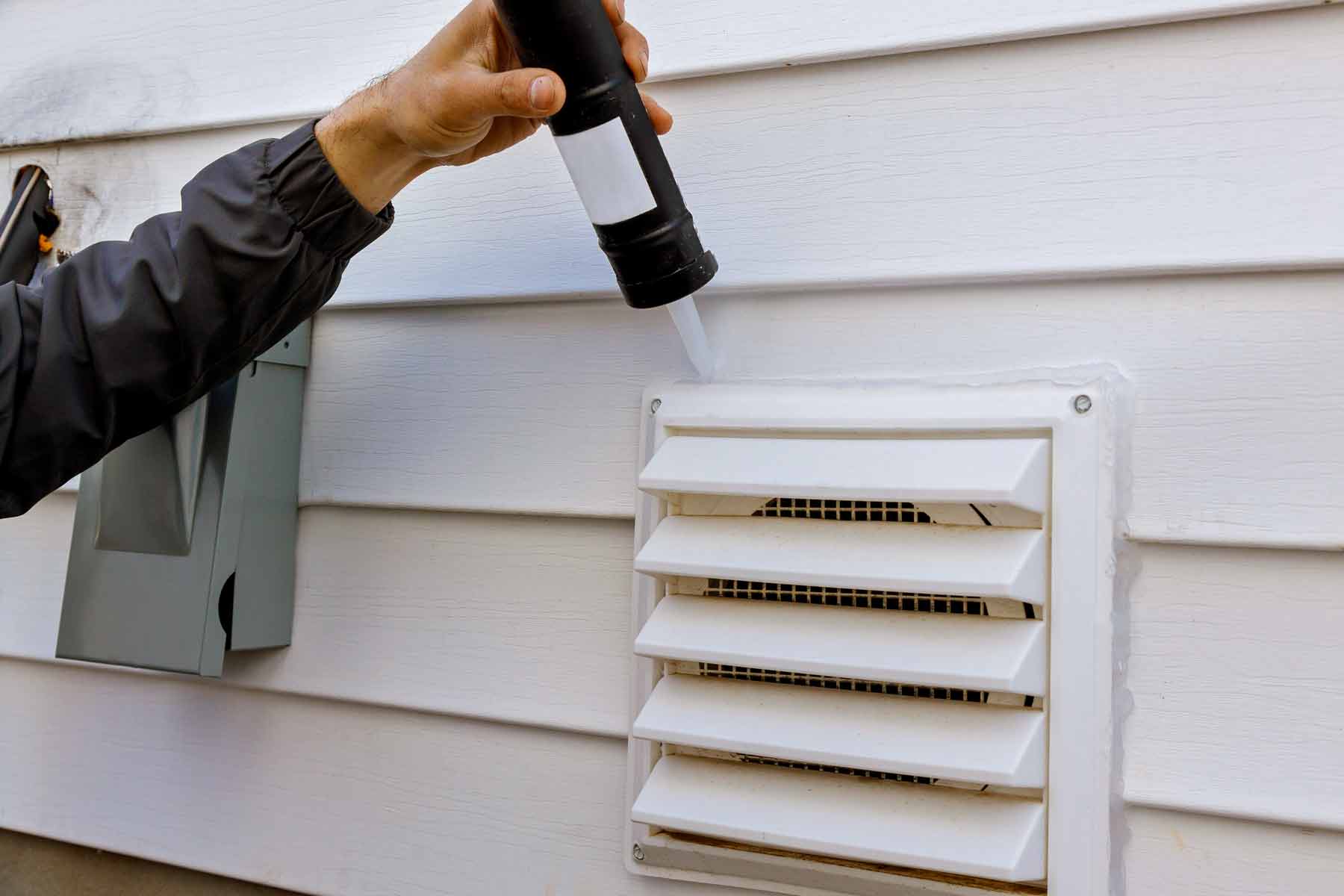
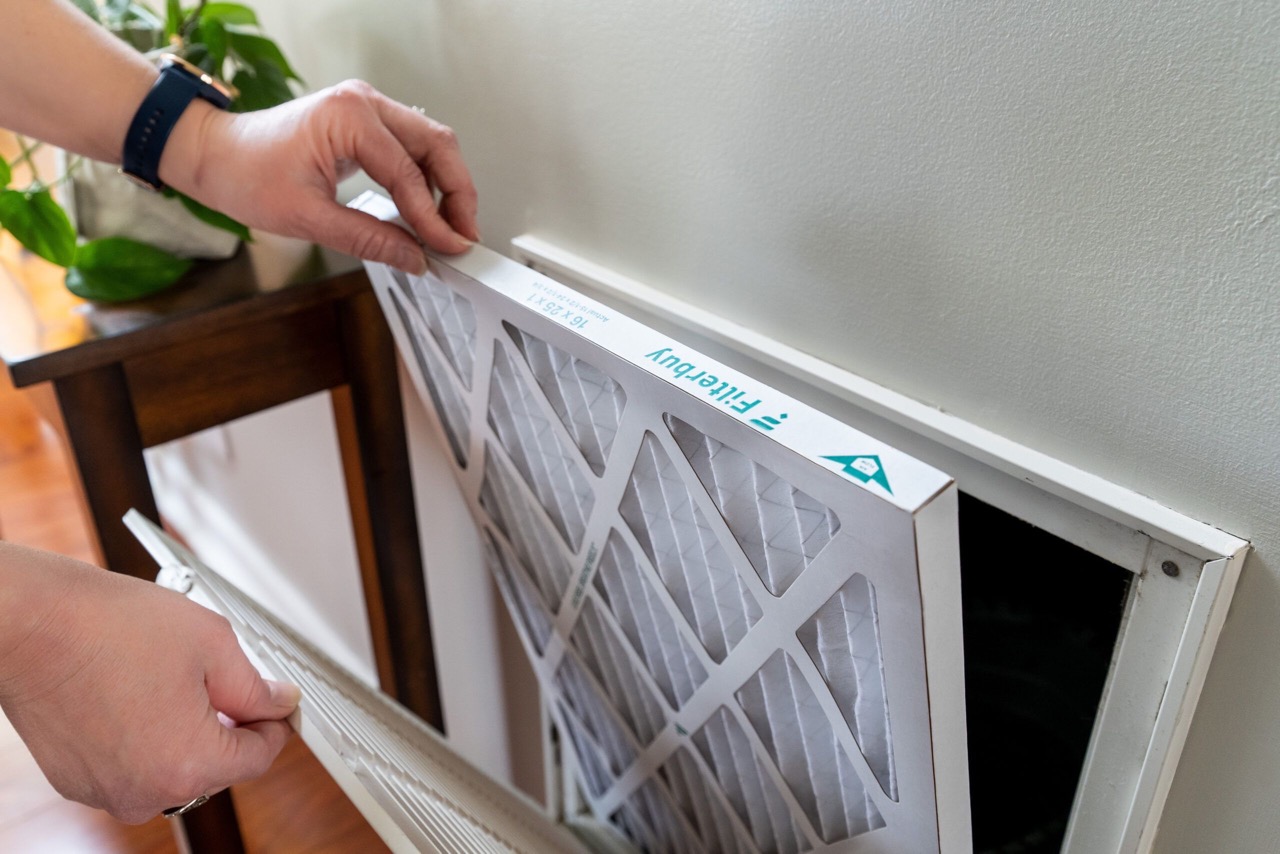
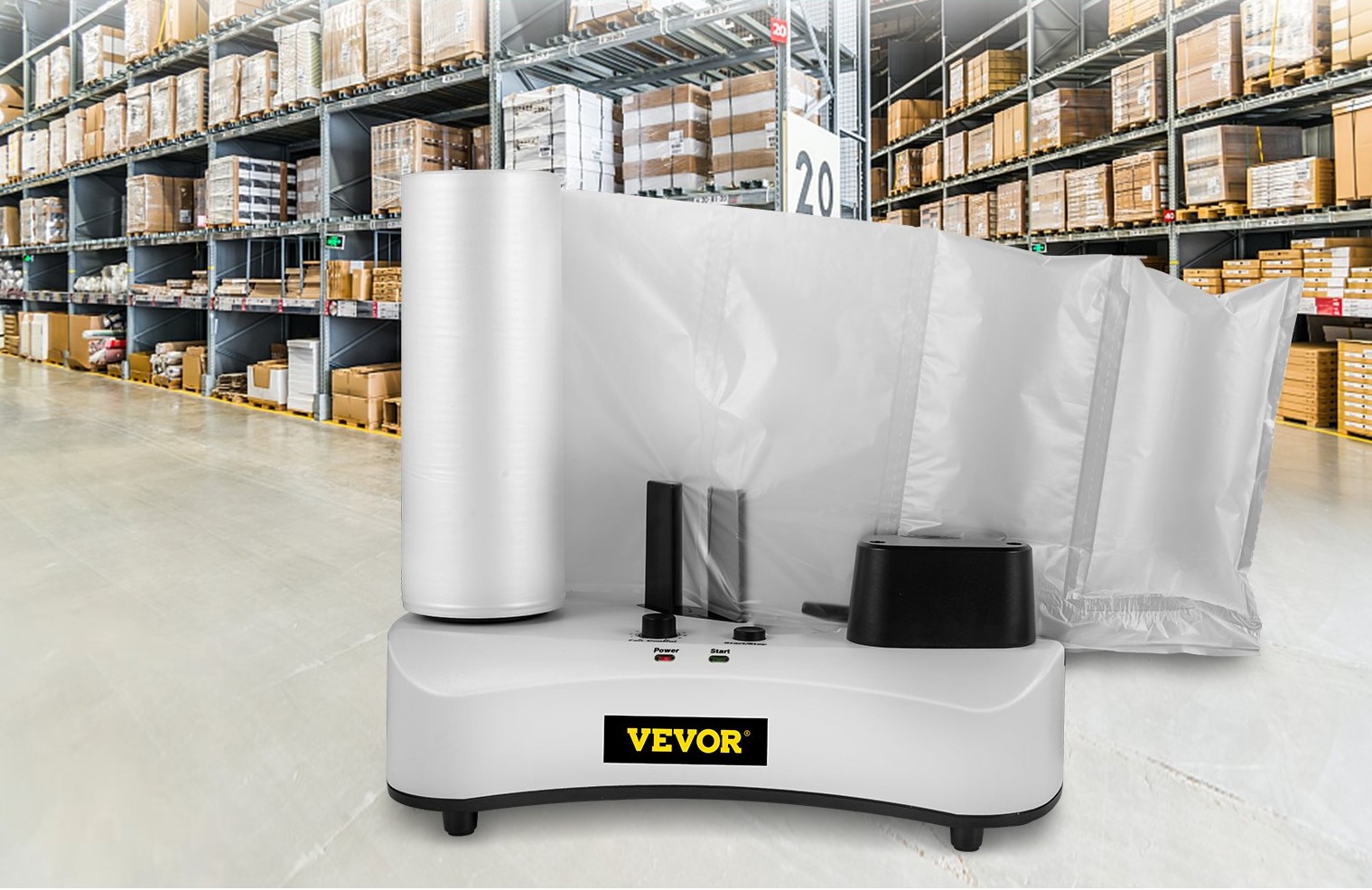
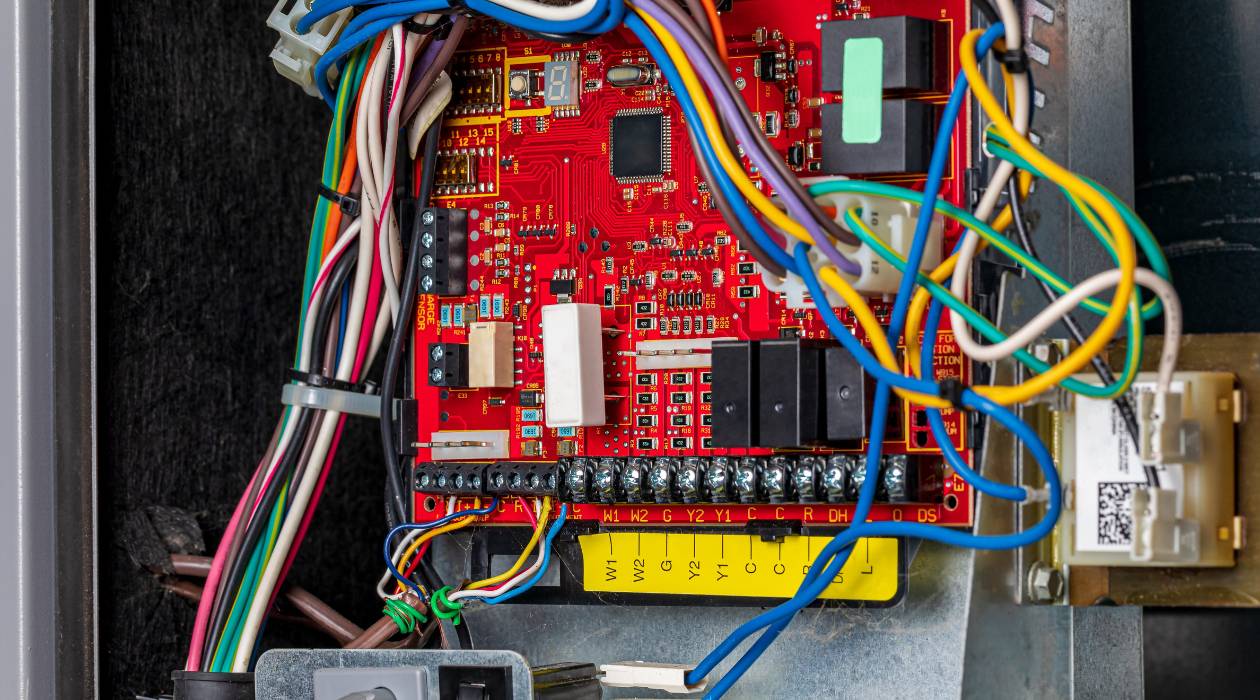

0 thoughts on “Where Is The AC Thermostat Located”